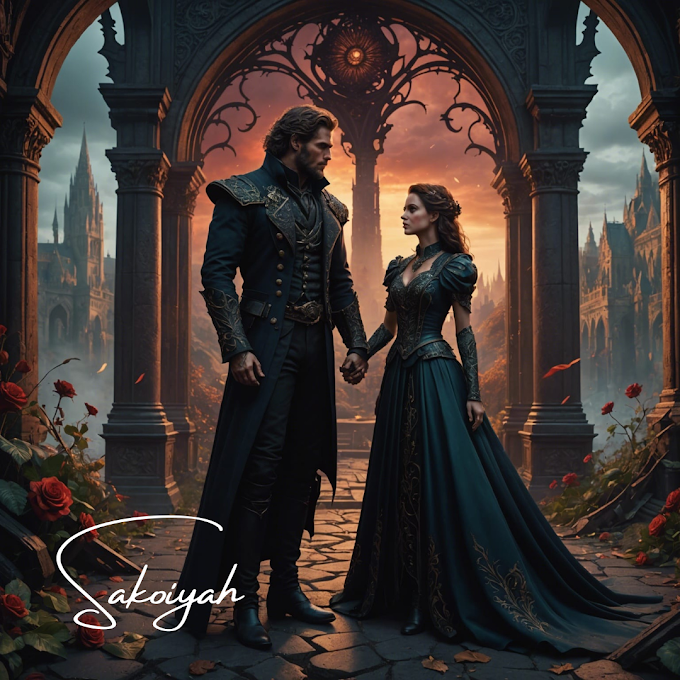Every captivating narrative's heart lies in a carefully crafted structure that guides characters' journeys, plots, and emotions. Storytelling is an ancient art form that has evolved, giving rise to numerous frameworks to help writers shape their tales. In this exploration, we'll dive into some of the most iconic story structures, each offering a unique approach to crafting compelling narratives.
1. The Classic Story Structure
The foundation of storytelling, this structure is often referred
to as the three-act structure. It divides a story into three distinct acts –
setup, confrontation, and resolution. This structure lays the groundwork for
the hero's journey, creating a natural rhythm that engages audiences from
beginning to end.
2. The Hero's Journey
Popularized by Joseph Campbell, the Hero's Journey takes
readers on an adventure where the protagonist faces challenges, overcomes
obstacles, and returns transformed. This universal structure resonates deeply
with audiences as it mirrors the trials and triumphs of real-life experiences.
3. The Seven-Point Structure
A more detailed take on the classic three-act structure, the
seven-point structure introduces seven key plot points that propel the story
forward. From the inciting incident to the climax, each point is a pivot,
ensuring a dynamic and engaging narrative.
4. The Three-Act Structure
As the cornerstone of storytelling, the three-act structure
divides a story into three parts – setup, confrontation, and resolution. This framework
establishes equilibrium, disrupts it with conflict, and restores a new
equilibrium. It's a versatile structure that accommodates various genres and
styles.
5. The Snowflake Method
For writers who appreciate meticulous planning, the Snowflake
Method starts with a single sentence and expands into a detailed outline. Like
a snowflake forming under the artist's hand, the story gradually takes shape,
layer by layer, resulting in a rich and complex narrative.
6. A Disturbance and Two Doors
Dan Harmon's unique approach focuses on creating a
"disturbance" that propels the protagonist into an unfamiliar world.
The story then revolves around two "doors" of action, leading to
unexpected consequences and character growth.
7. The Story Circle
Popularized by writer Dan Harmon and visualized in his
circle, this structure outlines eight critical stages of a story – from the
ordinary world to a return with newfound wisdom. The cyclical nature of the
circle reflects the continuous cycle of storytelling itself.
8. Freytag's Pyramid
This pyramid-shaped structure divides a story into five
parts – exposition, rising action, climax, falling action, and resolution. It
traces the arc of tension and emotional intensity, culminating in a pivotal
turning point.
9. Fichtean Curve
Developed by Johann Gottfried Herder, this curve captures
the emotional journey of a story. It follows a gradual rise in tension,
culminating in a climax, and concludes with a swift resolution. This structure
emphasizes the emotional impact of the narrative.
10. Save the Cat Writes a Novel and Save the
Cat Writes a Screenplay
Blake Snyder's "Save the Cat!" series offers
valuable insights for both novelists and screenwriters. These approaches focus
on essential story beats, character development, and pacing, guiding writers in
creating engaging plots that resonate with audiences. Save the Cat! Writes a Novel was written by Jessica Brody.
11. 3 Act 9 Block 27 Chapter Structure
This intricate structure, popularized by author Kat O'Keeffe
(Katytastic on YouTube), breaks down a story into three acts, nine blocks, and
twenty-seven chapters. Each chapter represents a pivotal moment in the story,
meticulously crafted to maintain tension and progress the narrative.




.png)

.png)




0 Comments